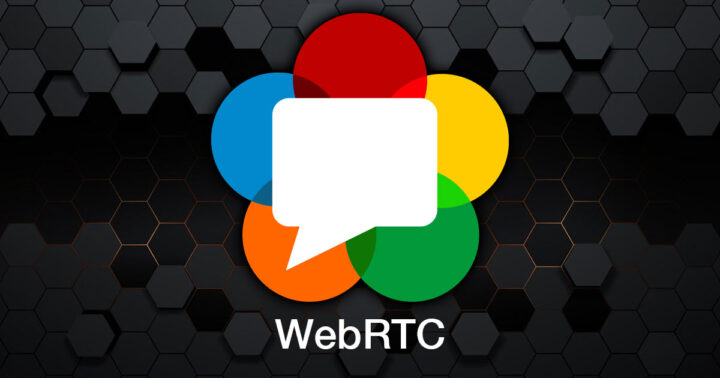WebRTC stands for Web Real-Time Communication. It is an open-source technology and set of protocols that enable real-time communication and peer-to-peer data exchange directly within web browsers and mobile applications. WebRTC allows for audio, video, and data communication without the need for external plugins or additional software installations.
Key aspects and features of WebRTC
- Real-Time Communication: WebRTC enables real-time communication between web browsers or mobile applications. It supports audio and video calling, as well as data exchange, facilitating interactive and collaborative experiences over the Internet.
- Peer-to-Peer Connections: WebRTC establishes direct peer-to-peer connections between browsers or applications, allowing for direct communication without intermediate servers or infrastructure. This peer-to-peer architecture enhances efficiency and reduces latency in communication.
- Audio and Video Streaming: WebRTC supports high-quality audio and video streaming, allowing for real-time voice and video communication. It utilizes codecs such as Opus and VP8 to encode and decode audio and video streams efficiently.
- Data Channel: WebRTC includes a data channel that enables bidirectional peer-to-peer data exchange between browsers or applications. This data channel can be used for sharing files, text messages, game data, or any other type of real-time data transfer.
- NAT Traversal: WebRTC employs techniques to traverse Network Address Translation (NAT) devices, firewalls, and other network obstacles, allowing direct peer-to-peer connections even in complex network environments.
- Security and Encryption: WebRTC incorporates security measures to protect communication, including encryption of media streams and data exchanged between peers. It supports Secure Real-time Transport Protocol (SRTP) and Datagram Transport Layer Security (DTLS) for secure communication.
- Cross-Platform Compatibility: WebRTC is designed to work across different platforms, including desktop and mobile devices, and is supported by major web browsers such as Chrome, Firefox, Safari, and Edge. This broad compatibility enables seamless communication between different devices and operating systems.
WebRTC has various applications, including video conferencing, voice calling, live streaming, remote collaboration, online gaming, and IoT (Internet of Things) applications. Its open-source nature and wide browser support make it an accessible and powerful technology for real-time communication over the web.
Developers can leverage WebRTC APIs and libraries to incorporate real-time communication capabilities into web or mobile applications, creating interactive and engaging experiences for users.

